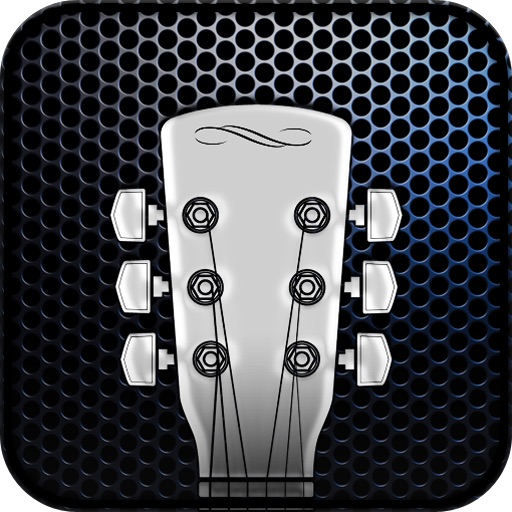

Whether you’re practicing or playing live, you need an amplifier that can really handle the job. There are tons of reasons a guitarist might play with a backing track. At their worst, backing tracks just muddy up your entire performance (or practice session). At their best, backing tracks add serious oomph to whatever you’re playing. When music is played in the background, it’s called a backing track. Speaking of practice… here’s a great resource I’ve found that you can use to make the most out of your practice sessions and significantly improve your guitar playing ability. You know when you watch someone play guitar alone, but the rest of the music is playing in the background? You may have seen this either in person or maybe on a YouTube video and not realized it was even happening. These amps are great for playing with backing tracks but may not be best for live use. It ’ s followed by the Yamaha THR10II and the Fender Mustang LT-25. The best guitar amplifier for backing tracks is the Positive Grid Spark. 1.6.3 Back and Forth – Backing Track or No Backing Track.1.6.2 You Don’t Necessarily NEED a Special Amplifier.1.6 Different Amps are Good for Different Things.1.5 Are There Issues With Using Amps for Backing Tracks?.1.3 Budget Option: Fender Mustang LT-25.It's all nutritious food for the musical brain.įinally, be OK with making some mistakes in the name of experimentation and. Try skipping strings and approaching your target notes in different ways (e.g. Start with just a few notes and then build up your phrases from there, gradually layering on different embellishments (e.g.

Think of it this way, and you'll find it much easier to put your scale movements into context.

In other words, each phrase has a destination around the chord you're playing over. Many musicians like to think of chord tones as the primary target notes for their melodic phrases. These will become the "dots" you connect with your Mixolydian phrases. Once you're ready to jam to chord changes, start by strumming/picking the chords and get to know where these chord positions are on the neck. In fact, a good exercise is to interchange between Ionian (and any other major scale/mode) and Mixolydian to hear the difference in parallel.Īt the heart of Mixolydian is a dominant 7th arpeggio ( 1 3 5 ♭7), so try incorporating this arpeggio into your scale phrases, e.g. You'll want to focus specifically on its ♭7 (minor 7th interval), as this is what distinguishes it from the major scale (Ionian). Start with the single track and really get a feel for how Mixolydian colours major chords. no chord changes) and chord progression tracks. I've included both single chord tracks (i.e.
Best guitar jam tracks full#
Developing your melodic ideas around these movements by using the tracks below will give you the confidence you need to "go full Mixolydian" when it's called upon. Training your ears to these movements in several keys will mean you'll know when to use Mixolydian as an accompanying scale. The jam tracks below focus on the movements that come from harmonising Mixolydian, making the major scale's fifth degree the tonic or "home". Not only does it have unique melodic qualities that have graced many solos, it's also the backbone of many popular major key chord progressions.

As the fifth mode of the major scale, Mixolydian pops up in music time and time again.


 0 kommentar(er)
0 kommentar(er)
